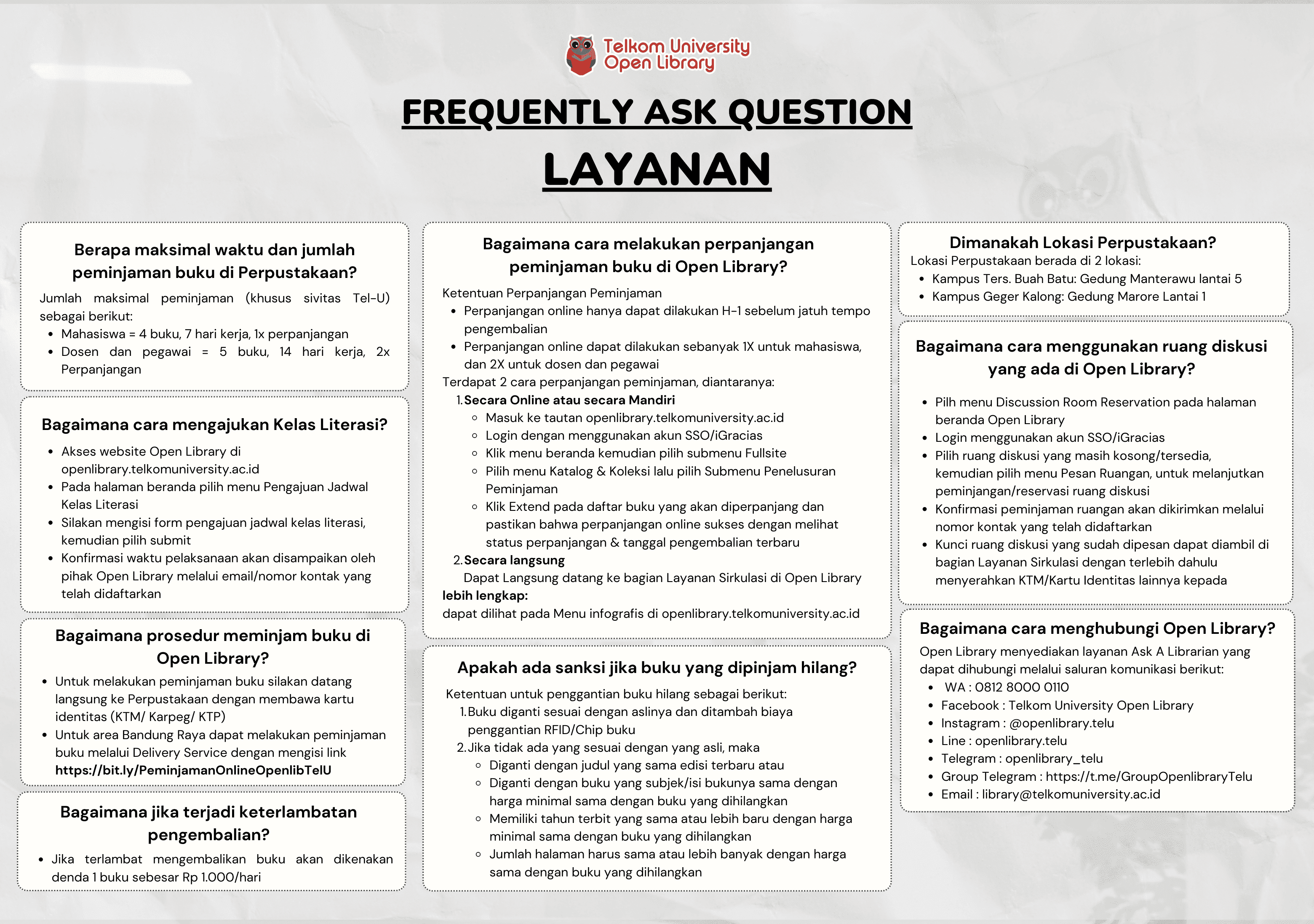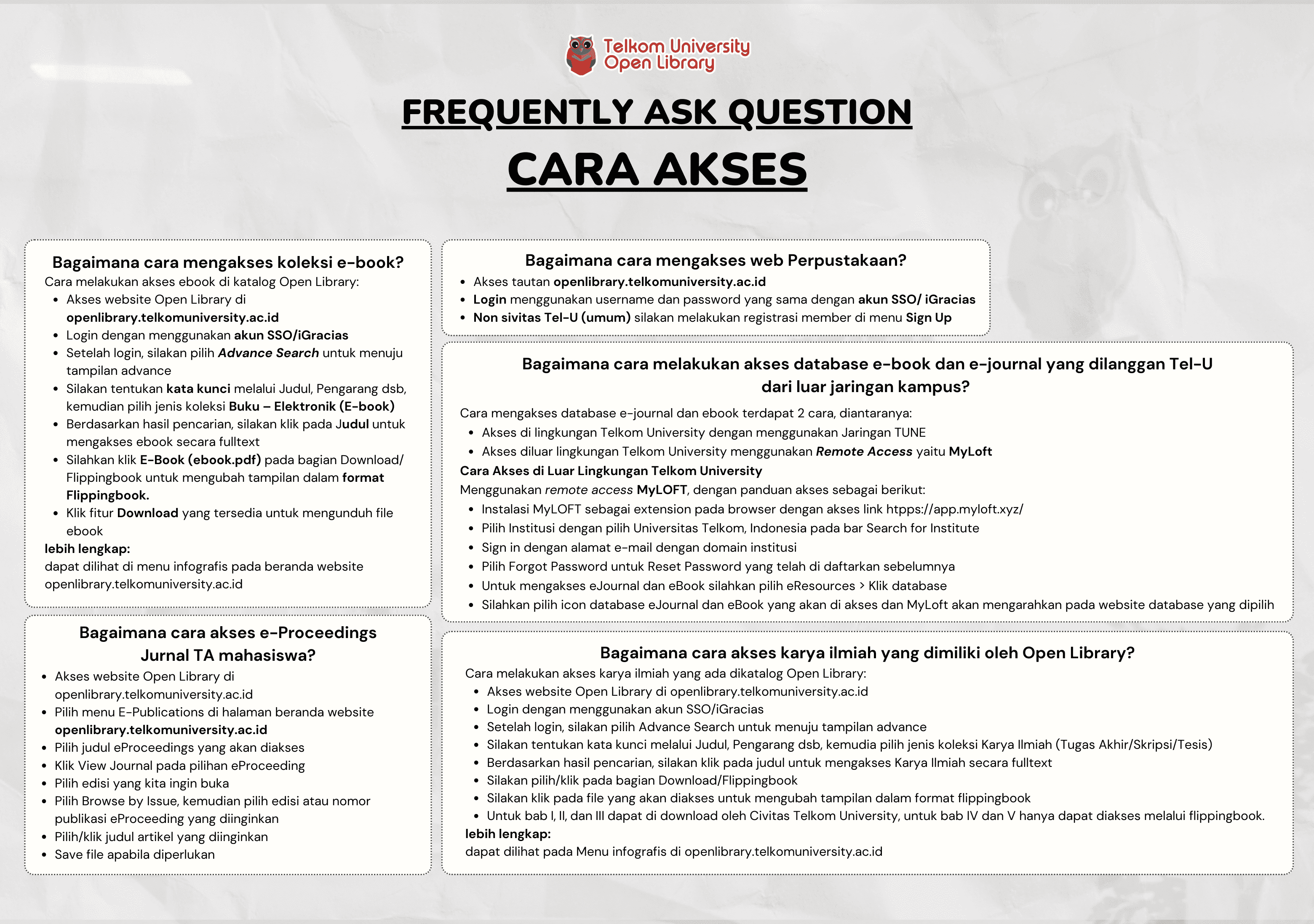Simulasi Arus Lalu Lintas pada Merge Lane Menggunakan Metode Flux-Corrected Transport
MUHAMAD ZULFIKAR ALIJAYA

Informasi Umum
Kode
20.04.3544
Klasifikasi
621.31 - Electrical Engineering
Jenis
Karya Ilmiah - Skripsi (S1) - Reference
Subjek
Simulation Models
Dilihat
196 kali
Informasi Lainnya
Abstraksi
In traffic flow modelling with macroscopic approach, the velocity variable is depend on density. The higher the density, the lower the velocity and vice versa. In this research, Finite Volume Methods (FVM) with the Flux-Corrected Transport (FCT) for numerical approximation is used. FCT also compared with the other numerical approximation such as Upwind Scheme and Lax-Wendroff. The traffic data that consist of the surpassing vehicles through the domain control were collected from merging lane phenomenon in JL. Perintis Kemerdekaan, Bandung. Each lane will be representated as a flux. Then, polynomial least square is used to approximate the velocity function. The results are v(rho) = 29.03rho^2 - 56.11rho + 30.26 for polynomial second order lane 1 with 2.167 RMSE and 0.5744 R-square, v(rho) = 64.3rho^2 - 97.64rho+39.51 for polynomial second order lane 2 with 5.865 RMSE and 0.6904 R-square, and v(rho) = 19rho^2 - 47.67rho + 29.96 for polynomial second order lane 3 with 2.934 RMSE and 0.7574 R-square. Lastly, the velocity function is substituted in Flux-Corrected Transport approximation to simulate the position of a leading vehicle. The results are, the lower the density the emptier the queue and vice versa.
- CNH3F3 - ANALISIS DATA
- CNH3H3 - PEMODELAN DAN SIMULASI
- CNH2D3 - PERSAMAAN DIFERENSIAL DAN APLIKASI
- CNH3C3 - PERSAMAAN DIFERENSIAL PARSIAL
- CNH4C3 - SAINS KOMPUTASI UNTUK TEKNIK
- CCH4B4 - TUGAS AKHIR
- CNH3B3 - VISUALISASI SAINTIFIK
- CII4E4 - TUGAS AKHIR
- III4A4 - TUGAS AKHIR
Koleksi & Sirkulasi
Seluruh (1) koleksi tidak tersedia
Anda harus log in untuk mengakses flippingbook
Pengarang
| Nama | MUHAMAD ZULFIKAR ALIJAYA |
| Jenis | Perorangan |
| Penyunting | PUTU HARRY GUNAWAN |
| Penerjemah |
Penerbit
| Nama | Universitas Telkom, S1 Ilmu Komputasi |
| Kota | Bandung |
| Tahun | 2020 |
Sirkulasi
| Harga sewa | IDR 0,00 |
| Denda harian | IDR 0,00 |
| Jenis | Non-Sirkulasi |




















